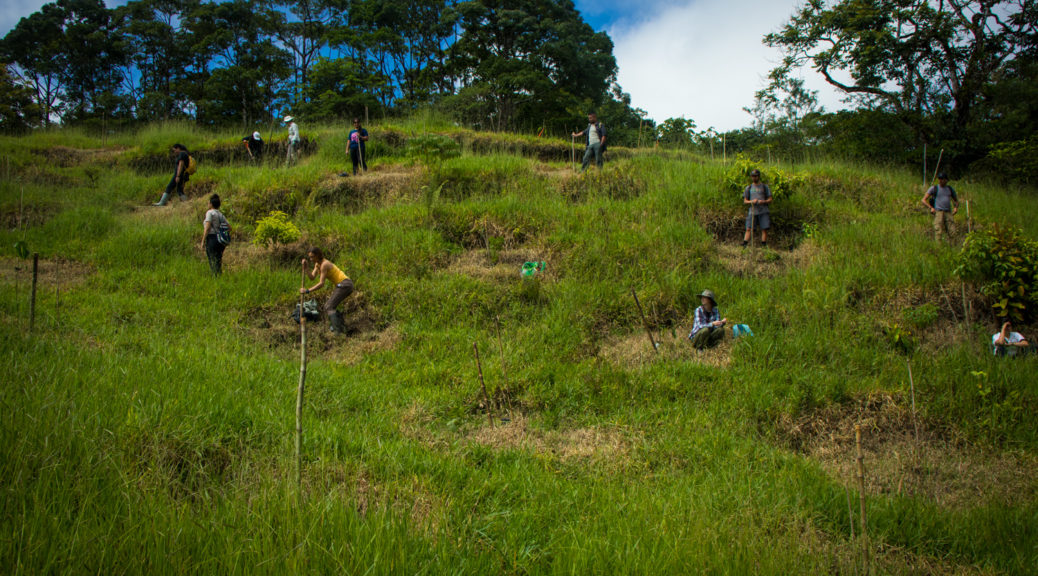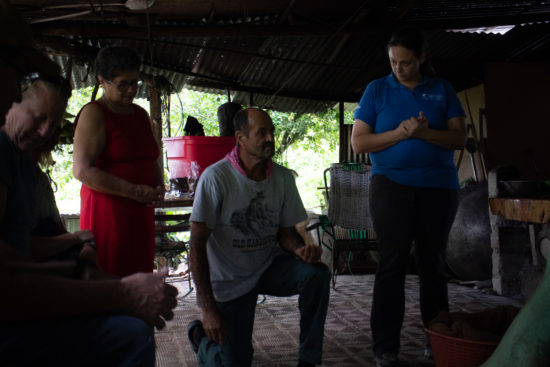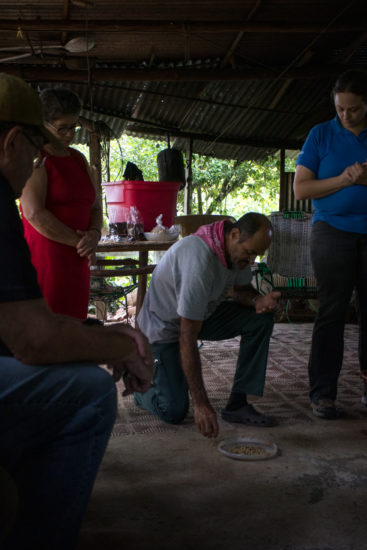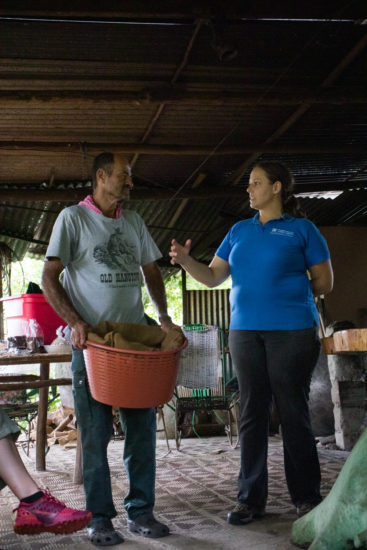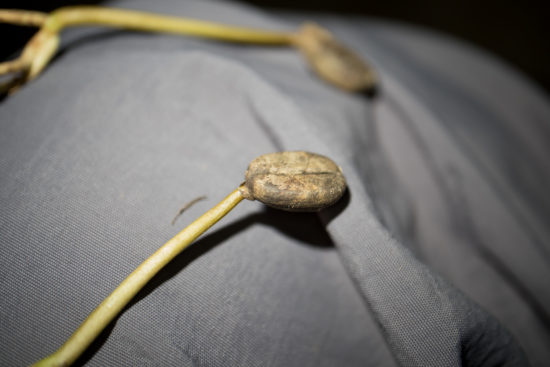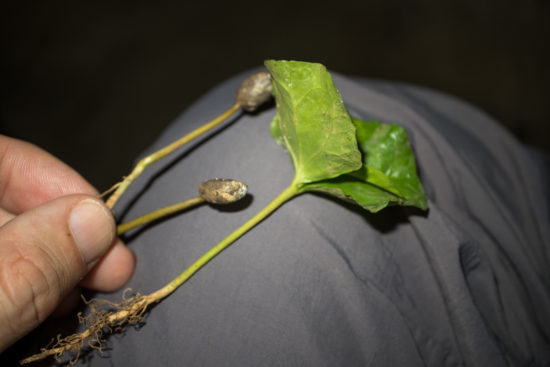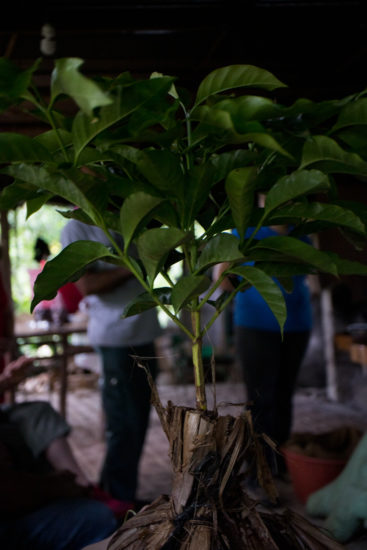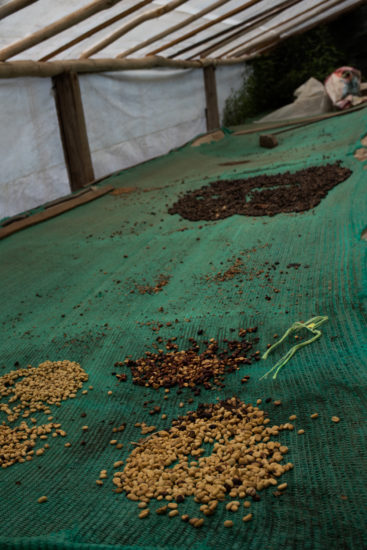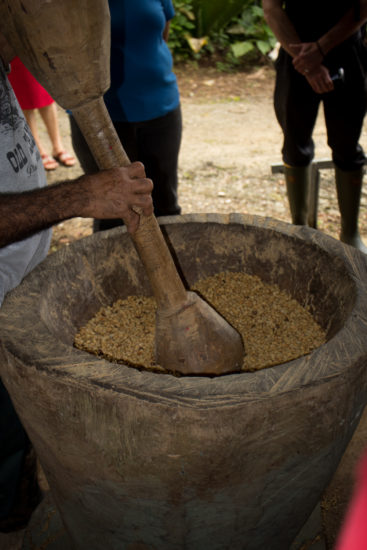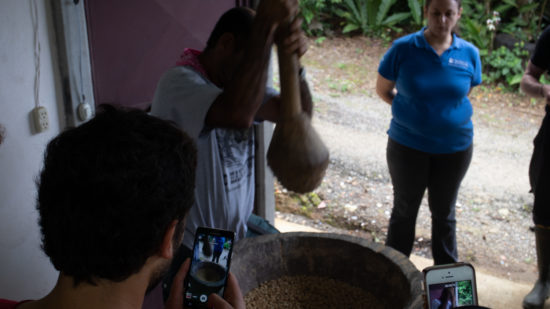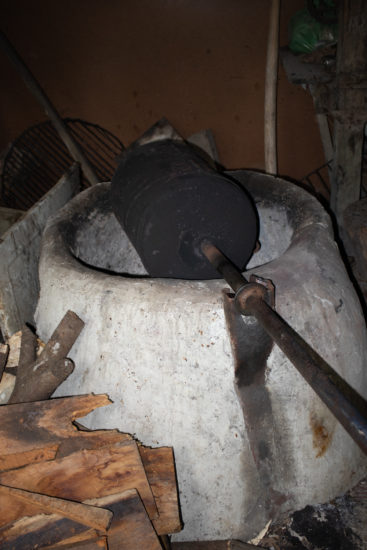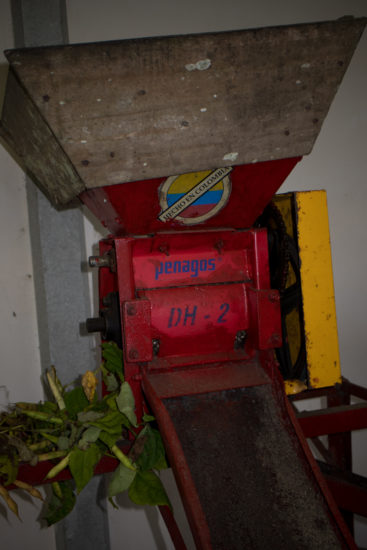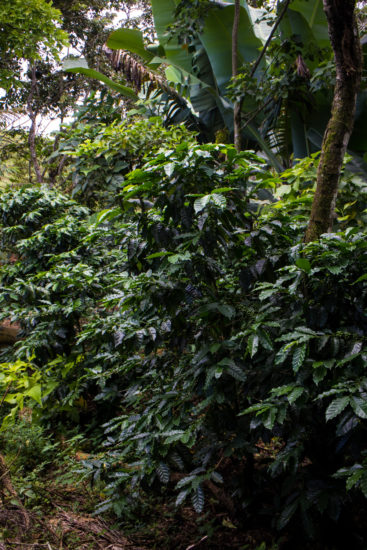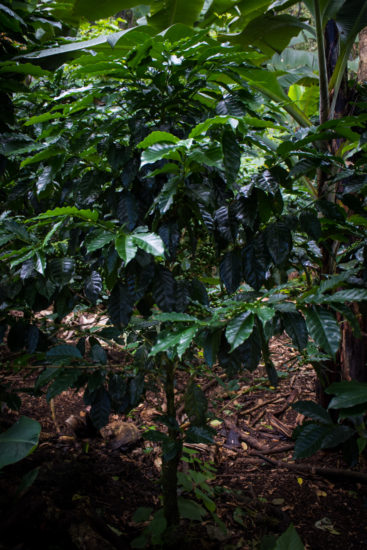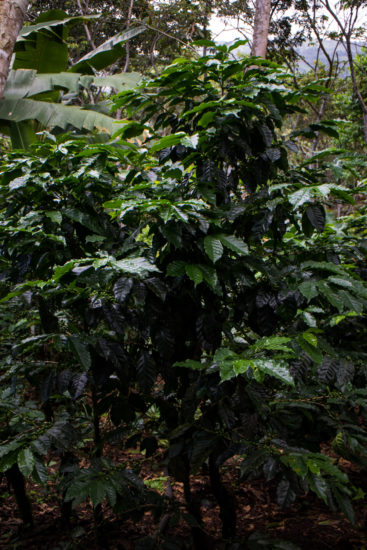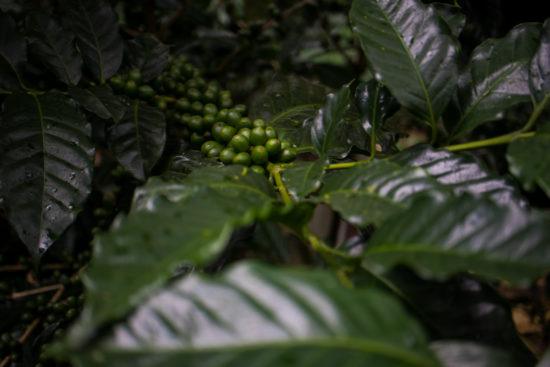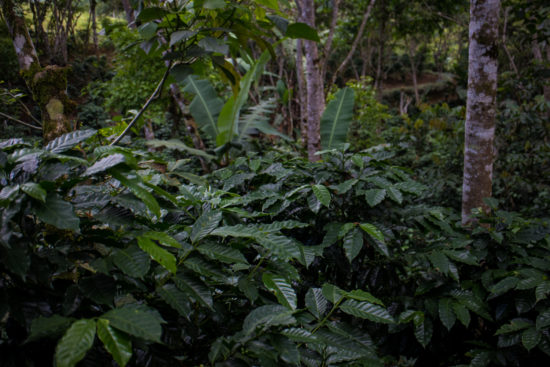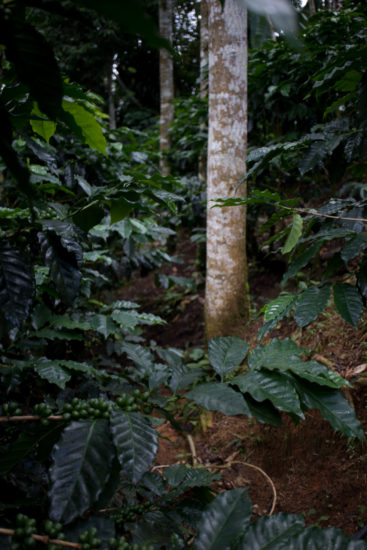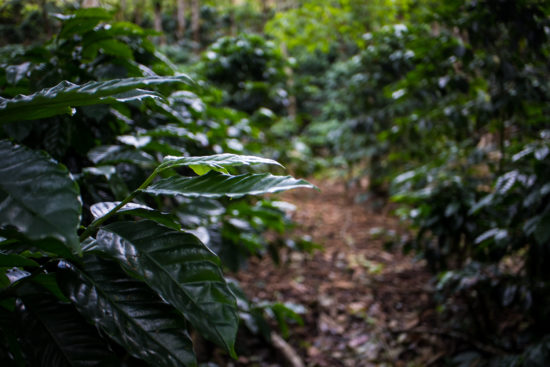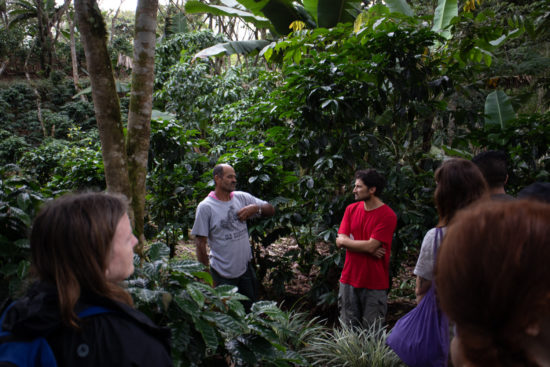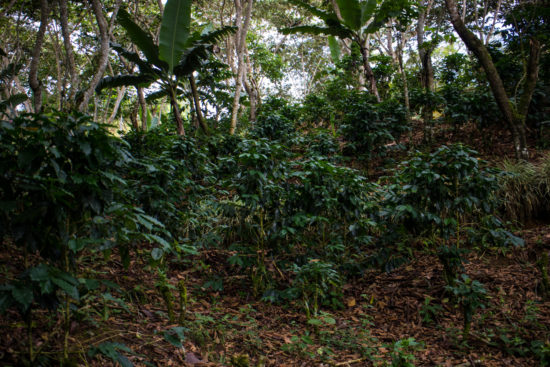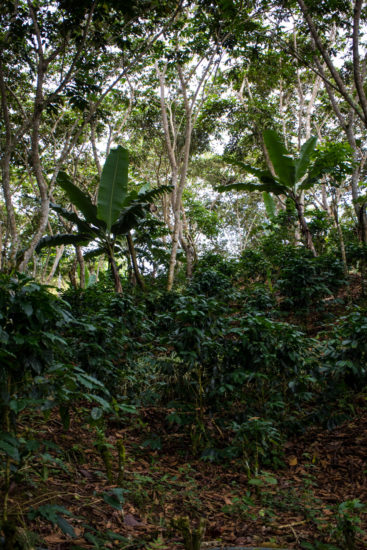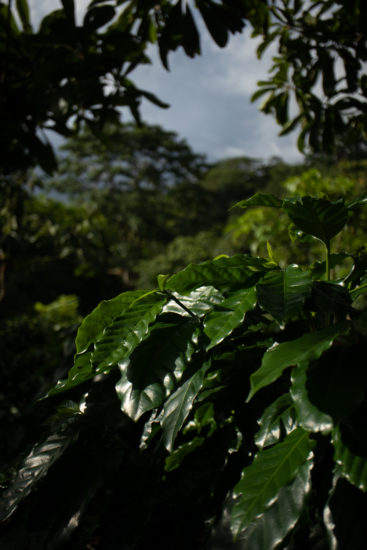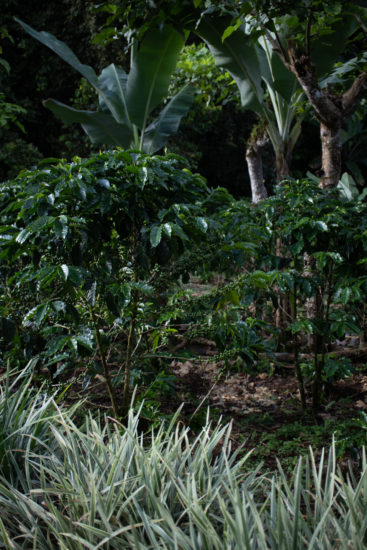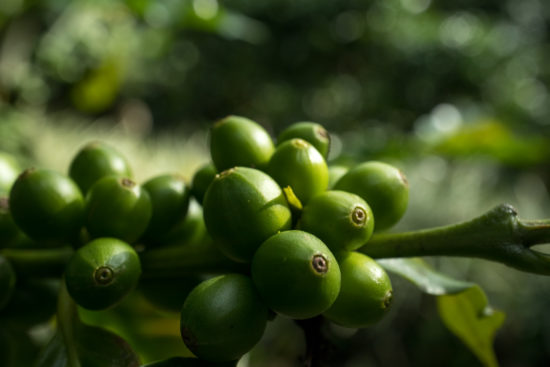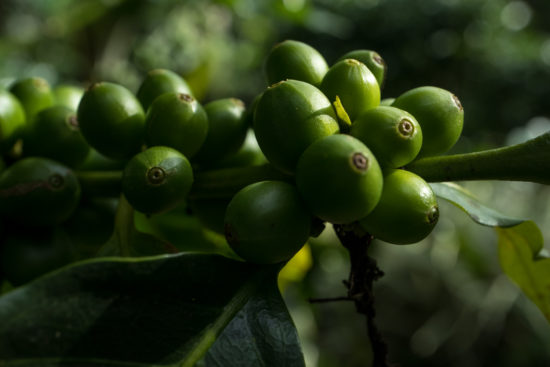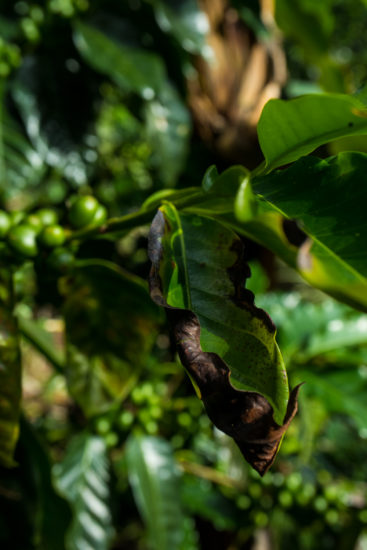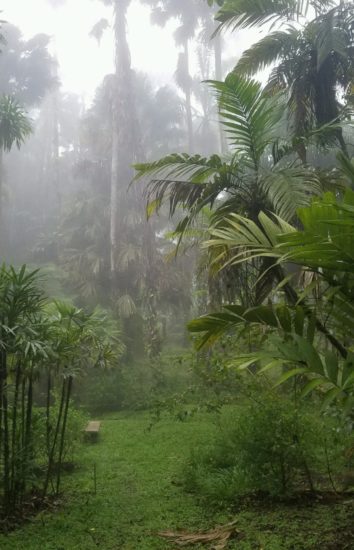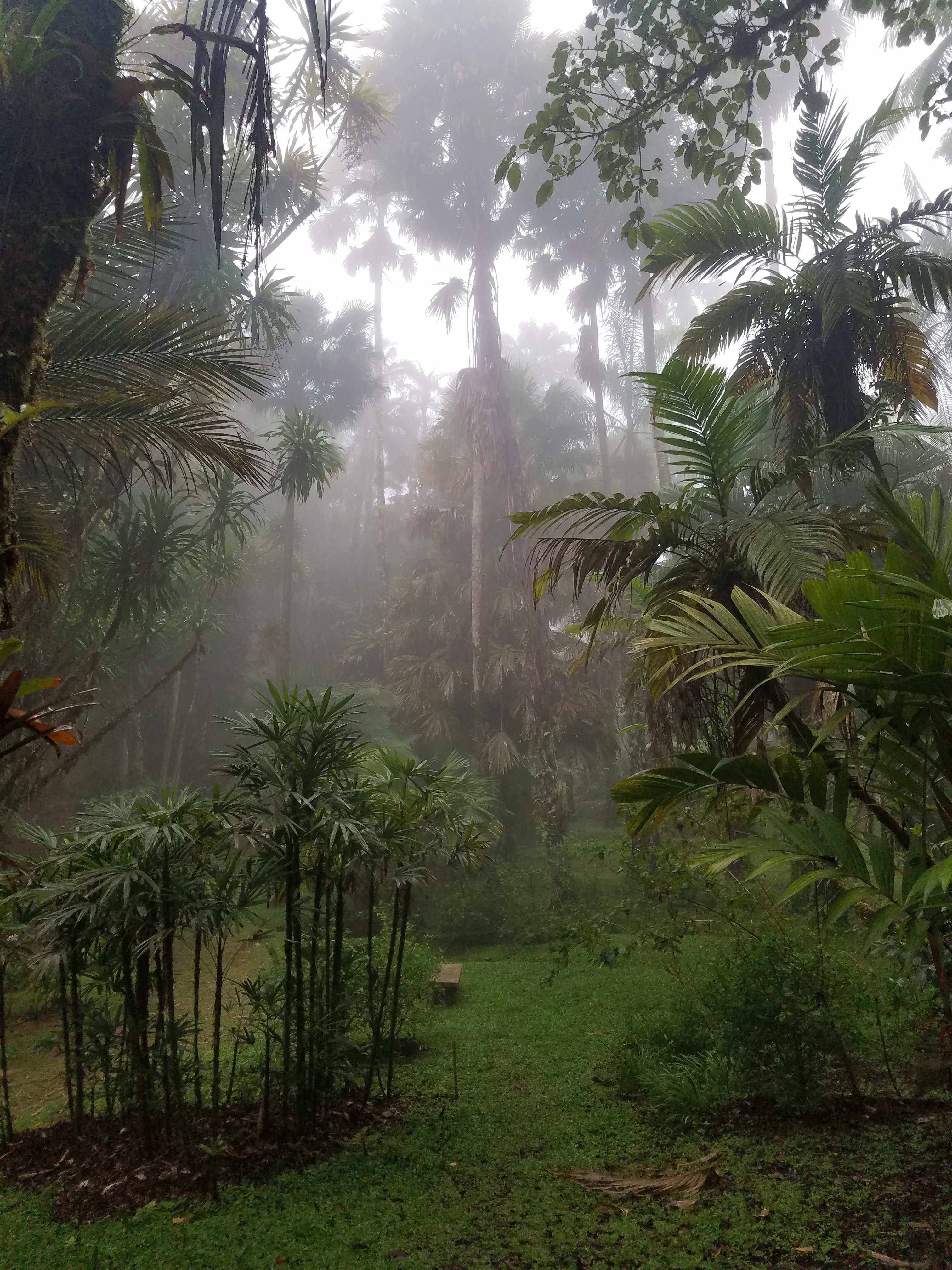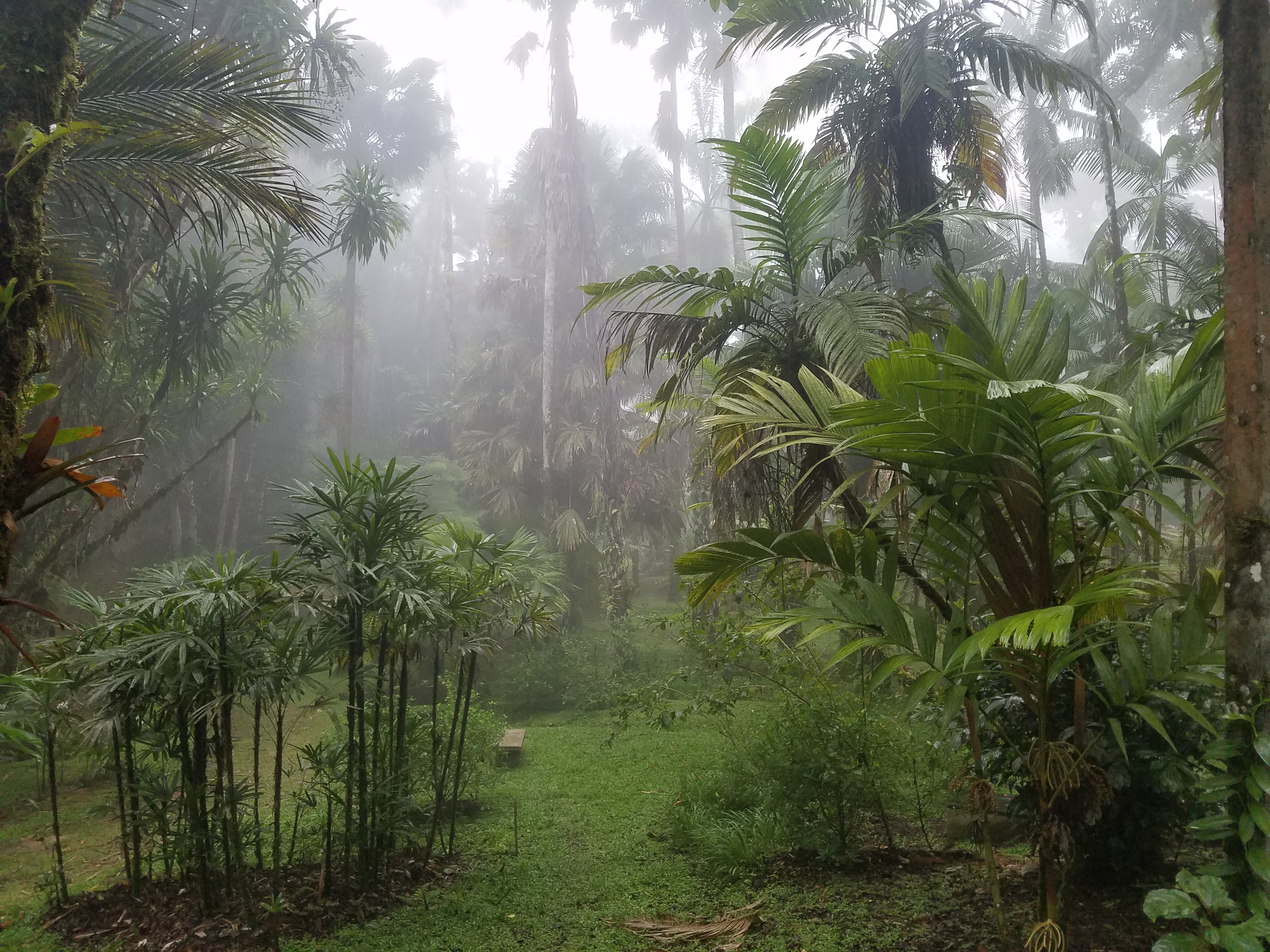The REU group was invited to help plant some native trees in the newly acquired pasture land at Finca Cantaros.
Tag Archives: Landscape
Another morning commute
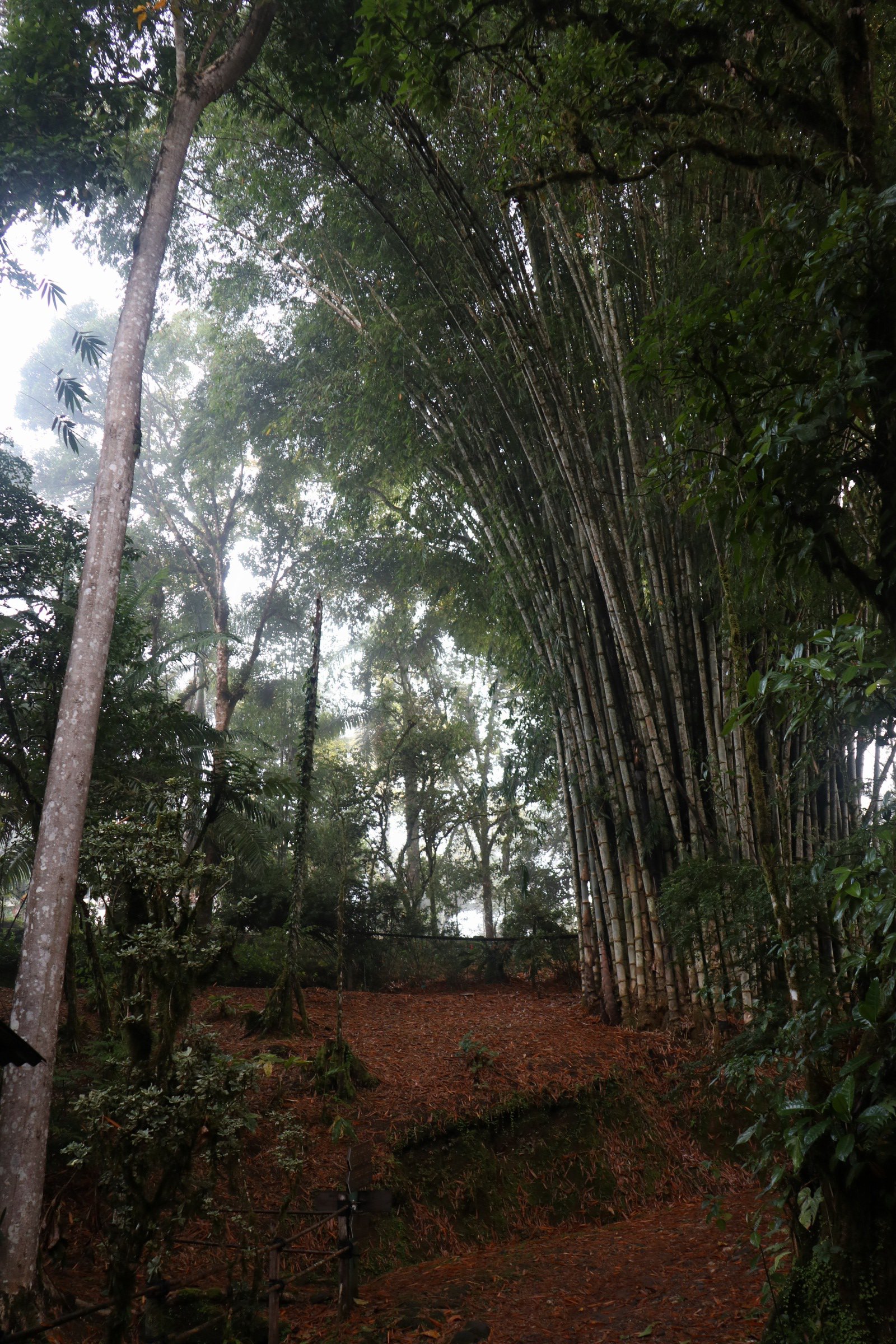
Pink forest
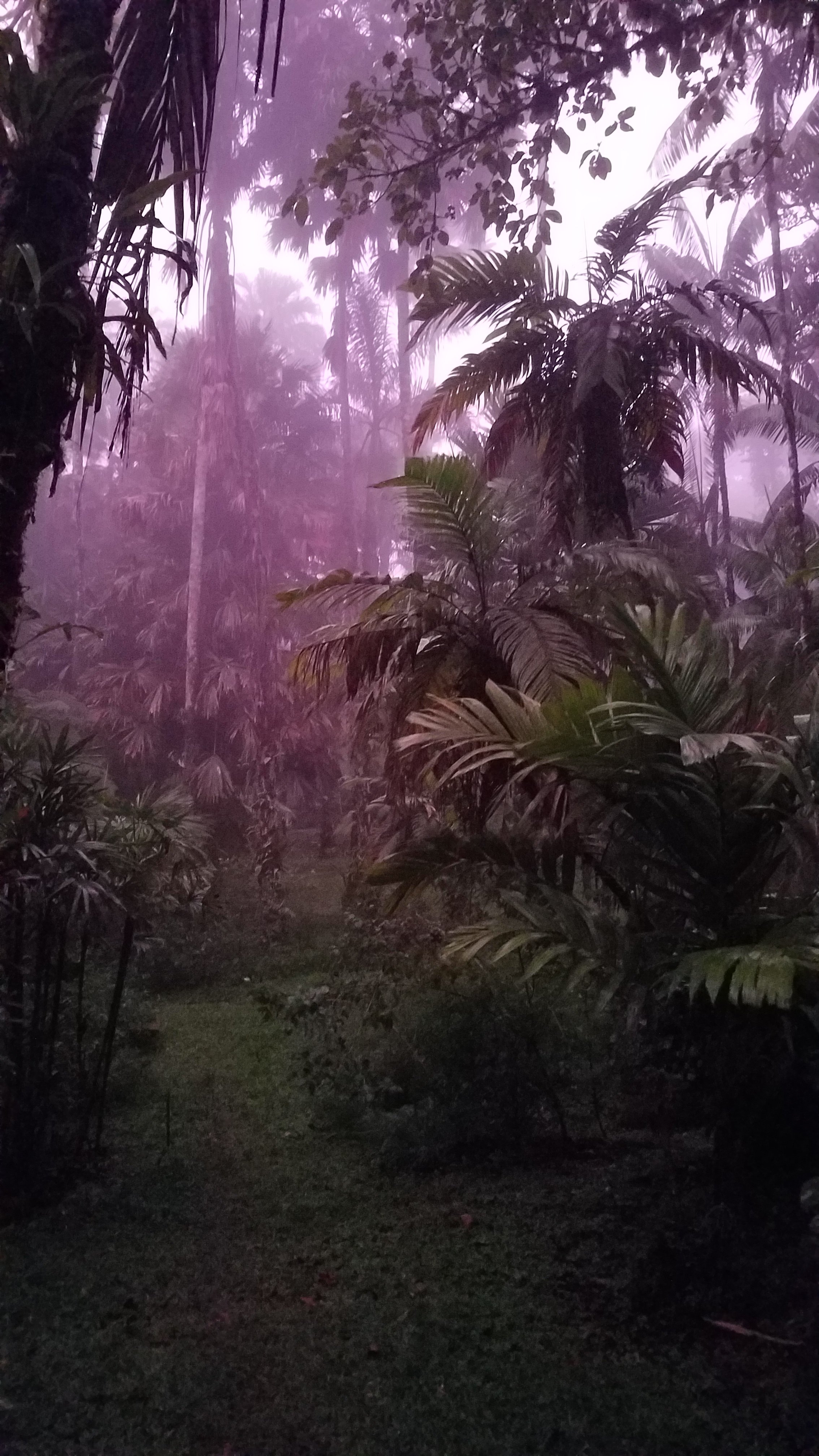
Walk through the Wilson Botanical Garden
Shade-grown Coffee farm
We visited Don Roberto’s shade-grown coffee farm recently and learned a bit about the process and economics of coffee farming in Costa Rica. Don Roberto and his wife own a farm in Aqua Buena, a town a few kilometers south of San Vito and the Las Cruces Biological Station, where they grow, process, and even roast coffee using sustainable techniques. They kindly discussed their farm and coffee production with us one afternoon.
Don Roberto explained the growing, planting and harvesting of coffee, and Amanda, the station director of Las Cruces, translated.
The bean sprouts and produces leaves in a few weeks, usually in a greenhouse-like setting. The sprout is allowed to grow for about a year before planting in the farm.
t will produce its first set of harvestable fruits after about 3-4 years; the fruits, when ripe, are red and contain a small amount of flesh surrounding a husk, and, in the center, the coffee bean.
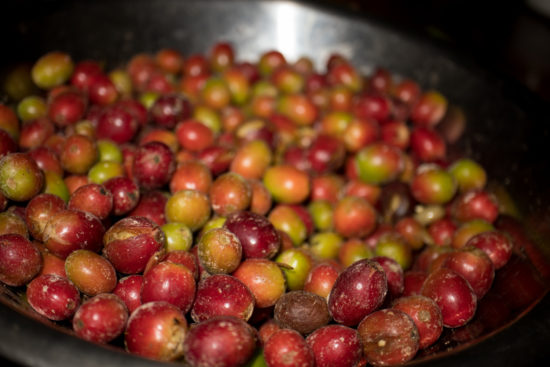
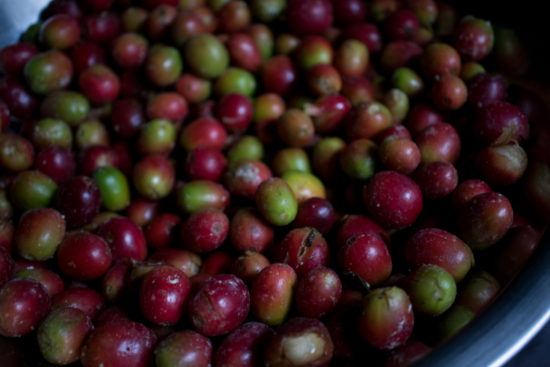
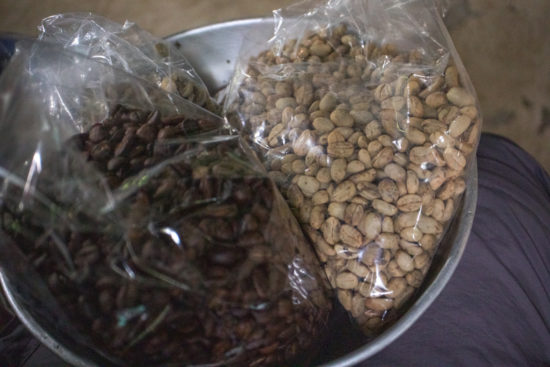
Some roasted beans and seeds surrounded by a husk. The husk must be removed before roasting, and they look quite a bit smaller—there is a third bag towards the back left.
The fruit can be dried or immediately removed using the red machine, but the husk must be removed by hand—Don Roberto demonstrates the process, which he’ll do for eight hours during a harvest and involves smashing away the husk with a large pestle. The husks are separated and used as compost and fertilizer. Don Roberto also roasts in an iron barrel—quite a bit different from the roasting process I’ve seen in Savannah’s Perc Coffee Roastery.
Coffee plants are attacked by a variety of herbivores—there is a weevil that directly consumes the bean, for instance—and fungi. Don Roberto uses natural remedies to combat pests, but he didn’t elaborate precisely how. Importantly, when selling his coffee, there is no distinction between his more-or-less organic source and conventional sources in the co-op—beans are not purchased from him or other farmers at rates that vary with farming methods, so, if his methods produced lower yield, but are more sustainable, he sees no monetary benefit. He feels passionate about protecting his farm and area conservation, so he attempts to farm in this way.
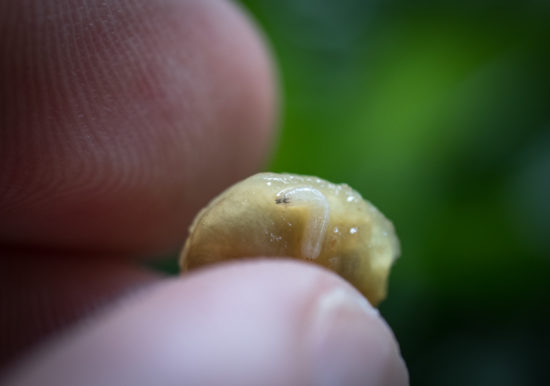
A maggot in the fruit 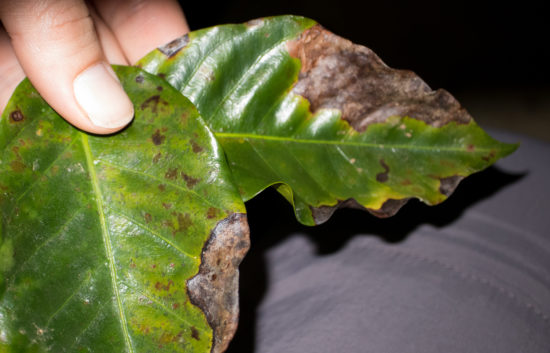
Fungal damage 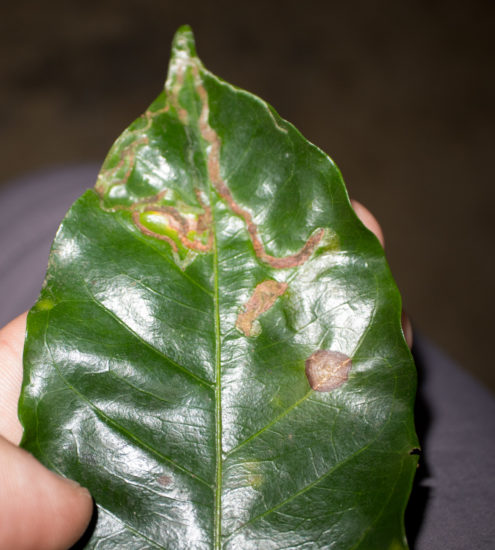
Leaf miners 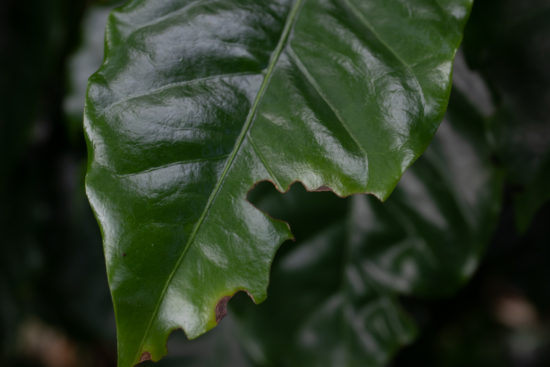
Herbivory 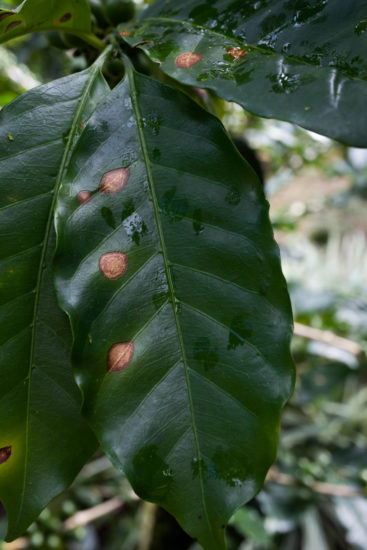
Ojo de gallo 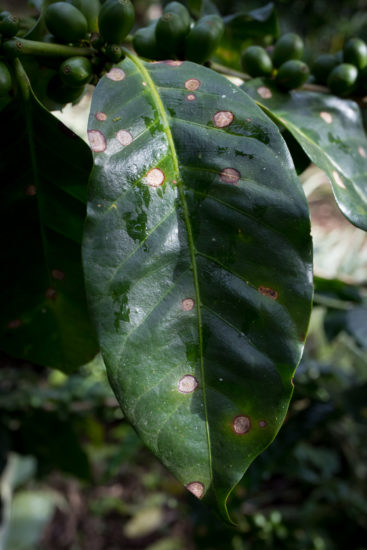
Don Roberto’s farm is beautiful; it’s nested in the hills and shaded by a variety of native and fruit trees, which contribute to biodiversity and pest control (e.g., we saw a scaled pigeon on the walk through the farm). The land had previously been pasture used for grazing cattle, but about 40 years ago, Don Roberto and his wife began transforming it into the coffee plantation. He is constantly improving it and educating people about coffee farming and sustainable practices.
Las Cruces Commute
Foggy evening
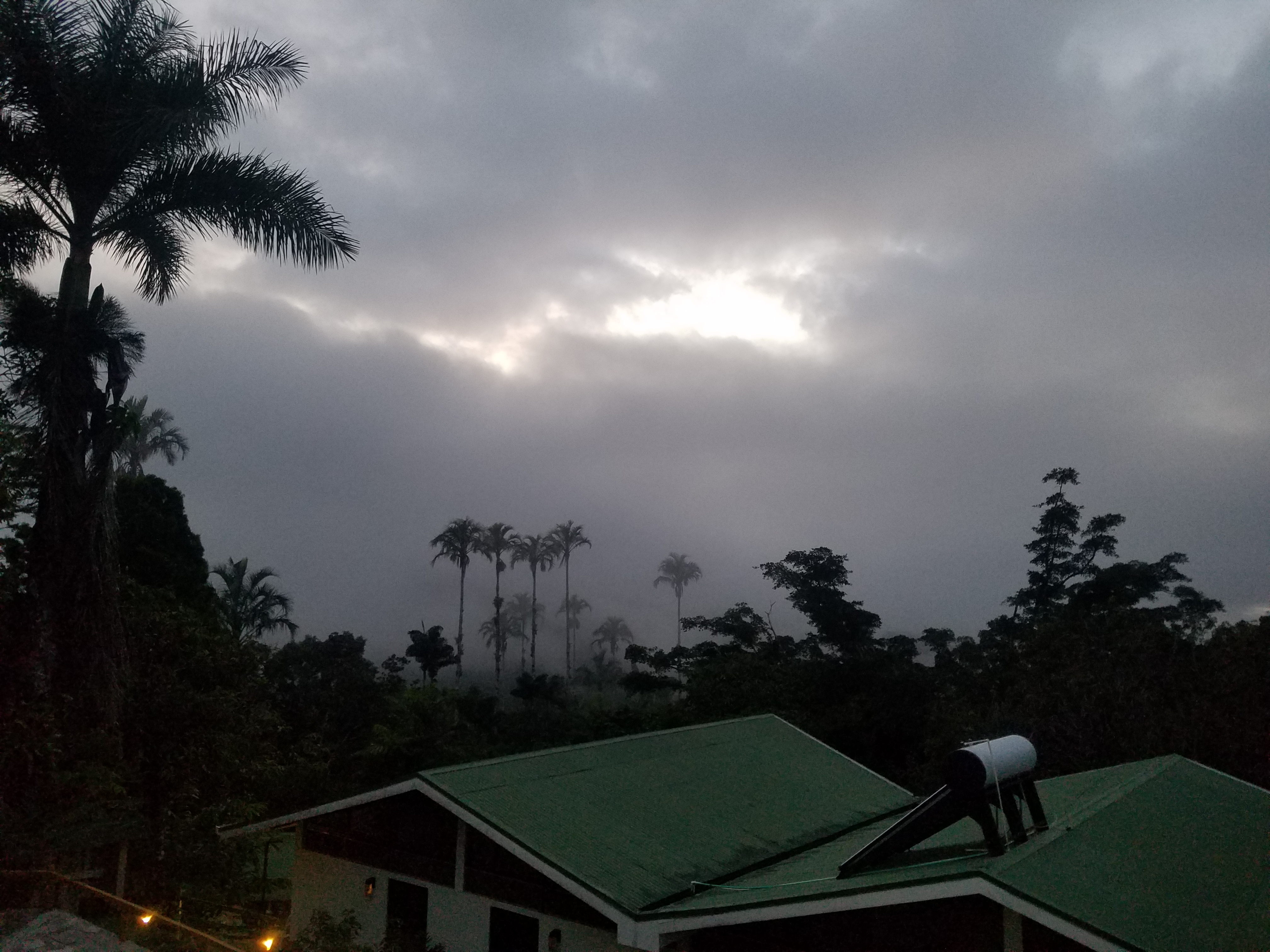
Changing skyline
San José continues to grow; the tallest building visible from Hotel Cacts in 2006 was about ten stories and currently houses the British Embassy (among other embassies and businesses). Now, there are extensive apartment high rises.



Snook’s Nose Ridge and Green Knob





Snook’s Nose Trailhead
Shrub-maritime communities
Shrub-to-maritime communities at the upland portion of the Little Tybee Island marsh complex, including a brackish slough. Salt spray and saltwater intrusion may be responsible for dwarfed growth of some of the trees, including some of the pine (Pinus sp.), live oak (Quercus sp. ) and Red Cedar (Juniperus virginiana).

